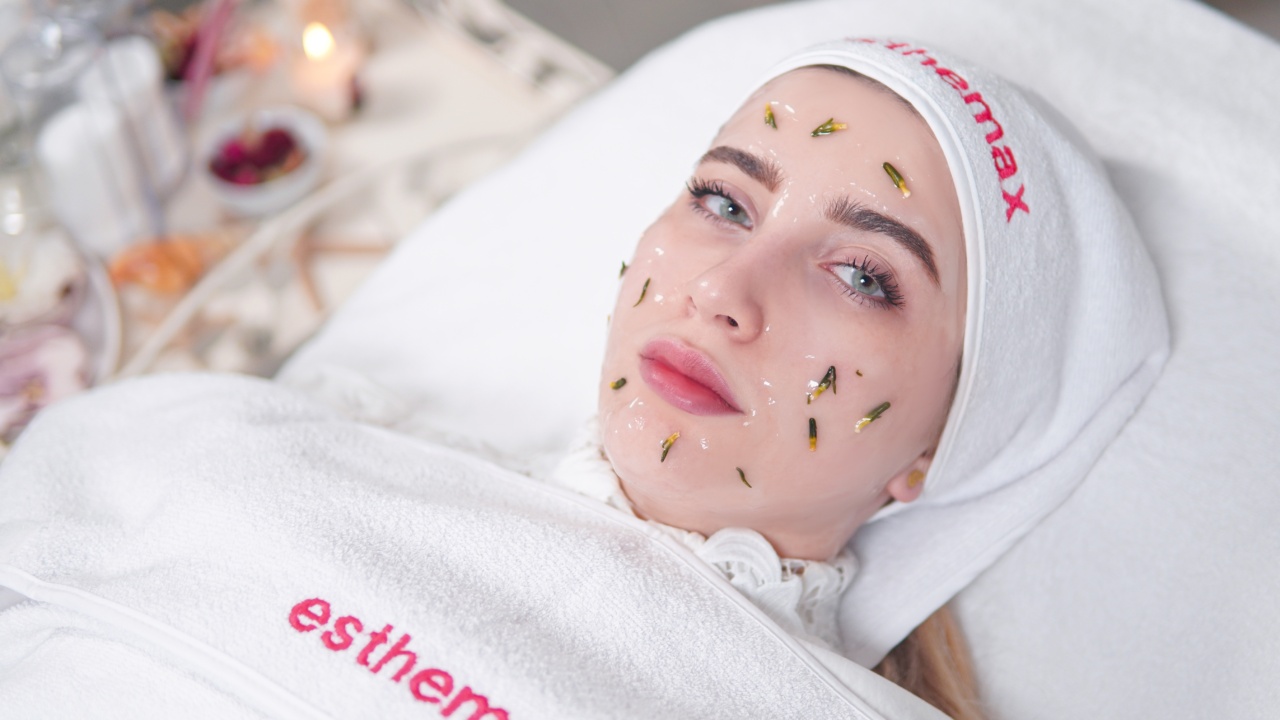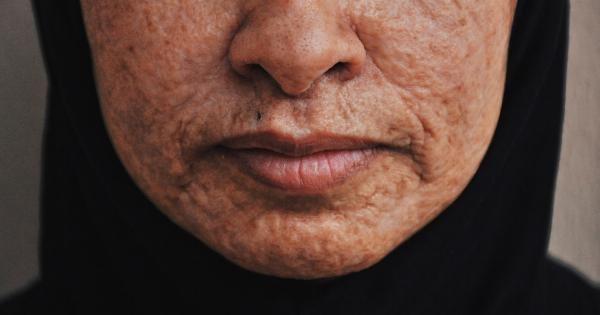Acne is a common skin condition that affects millions of people around the world. While most people associate acne with hormonal changes during puberty, it can actually occur at any age.
Severe cases of acne can leave behind scars, which can be a source of frustration and embarrassment for many individuals.
Types of Acne Scars
Acne scars come in various forms, and each type requires a specific approach for treatment. The four main types of acne scars are:.
1. Ice Pick Scars
Ice pick scars are deep and narrow indents that give the skin a pitted appearance. They are usually the most challenging type of acne scars to treat due to their depth.
Surgical procedures or laser treatments are often necessary to improve the appearance of ice pick scars.
2. Boxcar Scars
Boxcar scars are wider and have a defined shape, similar to the scars left by chickenpox. They are usually shallow to moderate in depth and can be treated with various methods such as chemical peels, microdermabrasion, or laser resurfacing.
3. Rolling Scars
Rolling scars create a wavy texture on the skin due to tethering of the underlying tissue. They can be improved with treatments such as subcision, microneedling, or dermal fillers.
4. Hypertrophic and Keloid Scars
Hypertrophic and keloid scars are raised and thickened scars that develop due to an overproduction of collagen during the healing process. These types of scars can be treated with corticosteroid injections, silicone sheets, or laser therapy.
Tips and Tricks to Deal with Acne Scars
1. Protect Your Skin from the Sun
Exposure to the sun’s ultraviolet (UV) rays can worsen the appearance of acne scars. Always wear a broad-spectrum sunscreen with at least SPF 30 to protect your skin. Additionally, try to avoid direct sunlight during peak hours.
2. Follow a Consistent Skincare Routine
Consistency is key when it comes to skincare. Cleanse your face twice a day using a gentle cleanser that is suitable for your skin type. Avoid harsh scrubbing as it can irritate your skin and exacerbate acne scars.
Follow up with a moisturizer to keep your skin hydrated.
3. Use Topical Treatments
Over-the-counter creams or gels containing ingredients such as retinoids, vitamin C, or hydroquinone can help fade acne scars over time.
Apply these treatments according to the instructions provided and be patient as results may take several weeks or months to become noticeable.
4. Consider Professional Treatments
If over-the-counter treatments do not yield satisfactory results, consult a dermatologist or a skincare professional.
They can recommend and perform treatments such as chemical peels, microneedling, dermal fillers, or laser therapy to effectively reduce the appearance of acne scars.
5. Don’t Pick at or Squeeze Acne
Picking at or squeezing acne can lead to further inflammation and potential scarring. It is important to resist the temptation to pop pimples and allow them to heal naturally.
If acne is a persistent issue, consult a dermatologist for appropriate treatment options.
6. Incorporate Vitamin E into Your Skincare
Vitamin E has antioxidant properties and promotes skin healing. Applying vitamin E oil or using skincare products containing vitamin E may help reduce the visibility of acne scars.
However, it is essential to patch test before using vitamin E as it can cause allergic reactions in some individuals.
7. Hydrate and Maintain a Healthy Diet
Proper hydration and a balanced diet can contribute to healthier skin. Drink plenty of water to keep your skin hydrated and promote skin cell regeneration.
Incorporate foods rich in vitamins, minerals, and antioxidants into your diet, such as fruits, vegetables, whole grains, and lean proteins.
8. Try Natural Remedies
Some natural remedies have been found to help lighten acne scars. Examples include aloe vera gel, honey, lemon juice, and tea tree oil.
However, it is important to note that natural remedies may not work for everyone, and it is always advisable to patch test and consult a professional before using them.
9. Massage Your Skin
Massaging acne scars with a gentle circular motion may help improve blood circulation to the area. Improved blood flow can stimulate collagen production and promote the healing of acne scars over time.
Use a suitable oil or moisturizer to facilitate smooth movement across the skin.
10. Maintain a Positive Mindset
Dealing with acne scars can be emotionally challenging. It is important to focus on self-acceptance and maintain a positive mindset. Remember that acne scars do not define your worth or beauty.
Seek support from friends, family, or support groups if needed.
Conclusion
Acne scars can be distressing, but with the right approach, they can be minimized and their appearance improved.
Consistent skincare, protecting your skin from the sun, trying various topical treatments, and considering professional interventions are key steps in dealing with acne scars. Furthermore, maintaining a positive mindset and seeking support can help in coping with the emotional impact of acne scars. Remember, everyone’s journey is unique, so consult a dermatologist for personalized advice and treatment options.































